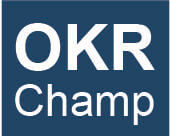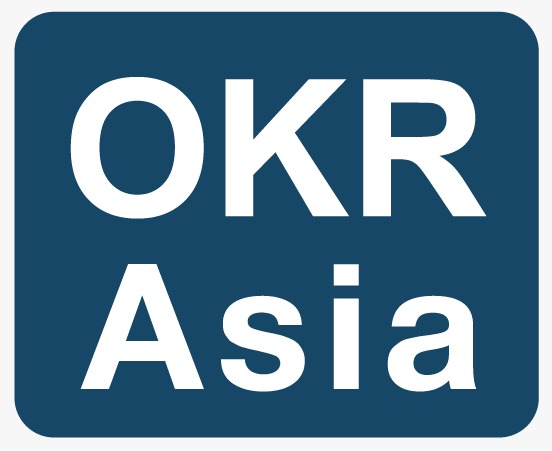An introduction to OKRs
An introduction to OKRs
Many organisations would like to speed up and align their Goal Setting away from static, siloed and yearly KPIs into an agile Goal Setting framework on quarterly of half-yearly basis to align teams against common strategies and goals and have more tangible outputs and results in a shorter period of time.
What are OKRS?
An OKR, or Objectives and Key Results, is a performance management system that provides a framework for setting measurable goals and tracking progress.
The key benefits of using an OKR system are that it can help to:
- Clarify and simplify the goal-setting process
- Help track progress and identify areas of improvement
- Encourage and motivate employees to achieve results
- Facilitate better communication between managers and employees
When setting OKRs, it is important to keep the following in mind:
- Objectives should be specific, measurable, achievable, relevant and time-bound
- Key results should be quantifiable
- Objectives and key results should be aligned with the company’s strategy
- Objectives should be reviewed and updated on a regular basis
Tipps for developing an effective OKR process
An OKR process can be an extremely powerful tool for boosting business performance, but only if it is implemented effectively. Here are some tips for developing an effective OKR system:
- Define what you want to achieve: The first step in any effective goal-setting system is to define what you want to achieve. This may seem obvious, but it’s important to be specific and realistic in your objectives. If your goals are too vague or unrealistic, they will be difficult to measure and track.
- Set measurable goals: Once you know what you want to achieve, you need to set measurable key results that will help you track progress towards your objectives. Without measurable key results, it will be difficult to gauge whether or not your OKR system is working.
- Involve everyone in the process: An effective OKR system cannot be implemented without the buy-in and support of everyone in the company. Make sure to involve employees at all levels in the goal-setting process so that they understand the objectives and buy into the system.
- Be flexible: An effective OKR system should be flexible enough to adapt as your company’s needs change over time. Don’t be afraid to adjust your goals and objectives as circumstances warrant.
- Keep it simple: A complicated OKR system will only serve to frustrate employees and hinder results. Keep your system as simple as possible so that employees can easily understand and follow it.
Assigning accountability within OKRs
The OKR structure sets the accountability on each level or cross-functional team / project of the organisation. Both Objectives and Key Results need responsibles to be assigned and track the work (tasks / deliverables) to achieve theses outcomes as a team.










